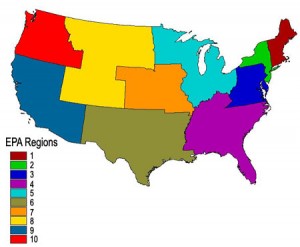Sampling >

What is Quota Sampling?
Quota sampling is where you take a very tailored sample that’s in proportion to some characteristic or trait of a population. For example, you could divide a population by the state they live in, income or education level, or sex. The population is divided into groups (also called strata) and samples are taken from each group to meet a quota. Care is taken to maintain the correct proportions representative of the population. For example, if your population consists of 45% female and 55% male, your sample should reflect those percentages. Quota sampling is based on the researcher’s judgment and is considered a non-probability sampling technique.
Watch the video for an overview of quota sampling:
Quota Sampling Advantages and Disadvantages
Advantages of Quota Sampling:
- Easy to administer.
- Fast to create and complete.
- Inexpensive.
- Takes into account population proportions, if desired.
- Can be used if probability sampling techniques are not possible.
Disadvantages:
- Selection is not random.
- Selection bias poses a problem. For example, you might avoid choosing people who live farther away, or people in rough neighborhoods. This may make the result unrepresentative of the population.
The proportions for quota sampling must be accurate; this is sometimes difficult or impossible to achieve. In addition, you have the option to set a quota higher or lower than the proportion seen in the population. For example, let’s say you are investigating views on the death penalty and wants to make sure minorities are included in the survey. The population may consist of 3% Native Americans but you change the quota to 5% to ensure the views of Native Americans are included. The inclusion of certain minorities has come at the expense of a truly representative sample.
How to Perform Quota Sampling
With probability sampling, like simple random sampling, there are rules that govern how to get the sample. However, with quota sampling, no formal rules exist. The general steps to follow are:
- Divide the population into subgroups. These should be exclusive. For example, you might divide employees by type of educational degree.
- Figure out the proportion of subgroups to the population. For example, employees who have a physical science degree might be 1 out of 4.
- Choose your sample size. For example, if you are sampling 10,000 people you might have a quota sample of 100.
- Choose participants, being careful to adhere to the subgroup’s characteristics. For this example, 25% of your sample should have a physical science degree. The selection process continues until your quotas are filled.
Check out our YouTube channel for hundreds of statistics how to videos!
References
Govindarajulu, Z. Elements of Sampling Theory and Methods. Upper Saddle River, NJ: Prentice-Hall, 1999.